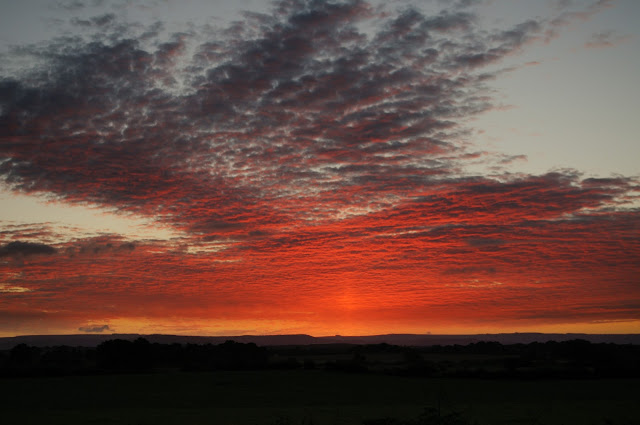A quick look in Ripon Cathedral

Our last place to visit with Gra and Jane was Ripon, not far from our holiday home High Oak, near Pickhill. The doorways in the West end - and I missed the splendid Gothic façade I took very few images, which in hindsight was a mistake - I have learnt in the last few years what a wealth of history I have missed. A revisit is needed! The Cathedral Church of St Peter and St Wilfrid, commonly known as Ripon Cathedral, is a cathedral in the North Yorkshire city of Ripon. Founded as a monastery by Scottish monks in the 660s, it was re-founded as a Benedictine monastery by St Wilfrid in 672 St Wilfrid, who built the stone church, with its still-surviving crypt, died in 710. Only four years later, an account of his life was written by a monk, known to us as Stephen of Ripon. He tells us that this was the first church to be built by Wilfrid, and that the church and its monastic community remained the favourite of all of his foundations. It was to Ripon that his body wa...




